
Effect of carboxymethyl cellulose on the properties of multi-wall
4.8 (443) In stock

4.8 (443) In stock
Thetraditional neutral ink is mostly made of acrylic resin as thickener, and does not have the ability to conduct electricity. Therefore, this study explored the mixing of carboxymethyl cellulose (CMC) and multi-wall carbon nanotubes (MWCNT) to make the prepared ink conductive after writing. CMC-MWCNT conductive ink was prepared by ultrasonic and written on paper with a neutral pen. The stability, rheological property, writing property, corrosion resistance, electrical conductivity, and folding stability of the prepared conductive ink were analyzed, and compared with Chenguang neutral ink (CG) on the market. When the amount of CMC is 0.3wt% and 0.6wt% respectively, the Zeta potential, yield stress and yield viscosity of conductive ink are all low, ink leakage occurred during writing. And the line resistance of writing is small, but the resistance increases a lot after 100 times of folding, increasing by 32.3% and 17.9%, respectively. When CMC is added at 0.9wt%, 1.2wt% and 1.5wt%, respectively, the absolute value of Zeta potential of conductive ink is greater than 30 mV, and the system is in a stable state. The yield stress and viscosity increased with the increase of CMC. When CMC content is 0.9wt% and 1.2wt%, respectively, the conductive ink writing is normal, the resistance of the writing lines are 14.9 kΩ/cm, 15.6 kΩ/cm, and the resistance increases by 8.7% and 7.8% after 100 times of folding. The conductive ink of 1.5wt% CMC content is broken when writing, the resistance after writing is 28.3 kΩ/cm, and the resistance increases by 9.5% after 100 times of folding. Compared with CG, conductive ink of 1.2wt% CMC has similar stable performance, rheological performance, and writing performance. In addition, conductive ink of 1.2wt% CMC has electrical conductivity and can light up LED lights.

Functionalized Nanocellulose/Multiwalled Carbon Nanotube Composites for Electrochemical Applications

High-sensitive flexible capacitive pressure sensor based on multi-directional freezing method
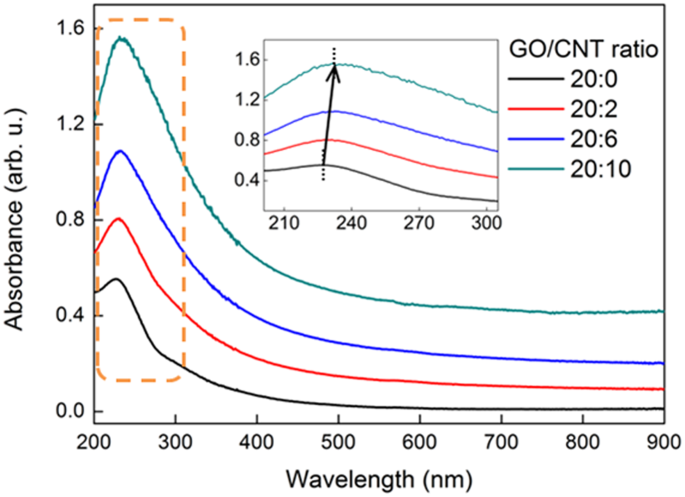
Green preparation and characterization of graphene oxide/carbon nanotubes-loaded carboxymethyl cellulose nanocomposites

Strategy for Constructing Epoxy Composites with High Effective Thermal Conductive Capability Based on Three-Dimensional Cellulose and Multiwalled Carbon Nanotube Network
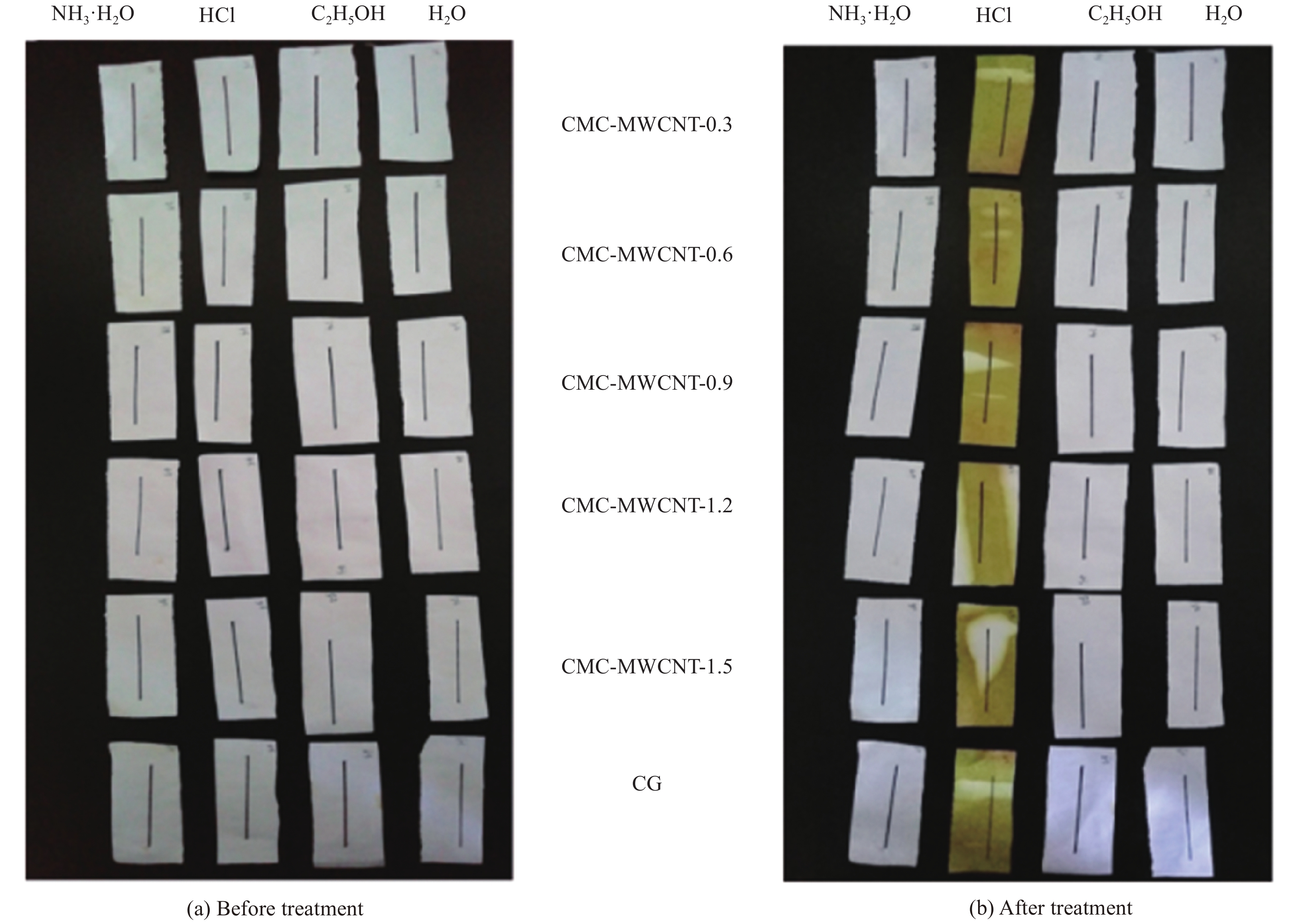
Effect of carboxymethyl cellulose on the properties of multi-wall carbon nanotube conductive ink

PDF) Effect of carboxymethylcellulose on colloidal properties of calcite suspensions in drilling fluids

Dispersion characterizations and adhesion properties of epoxy composites reinforced by carboxymethyl cellulose surface treated carbon nanotubes - ScienceDirect
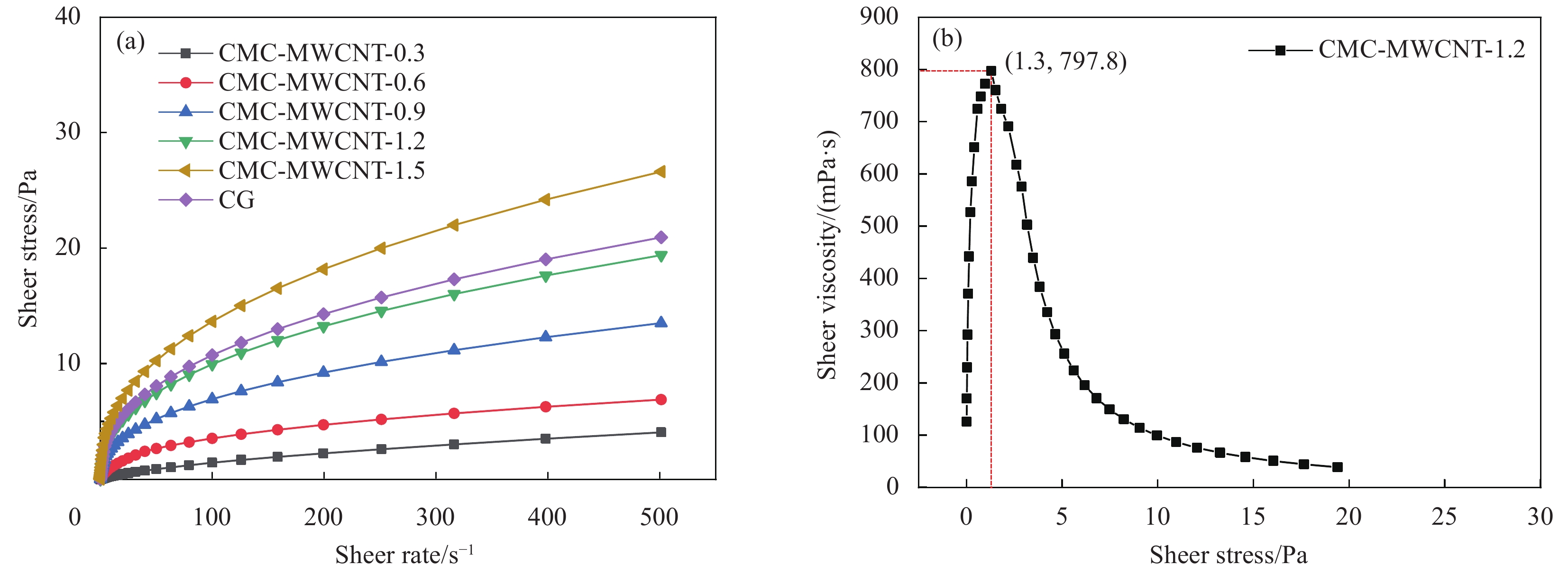
Effect of carboxymethyl cellulose on the properties of multi-wall carbon nanotube conductive ink
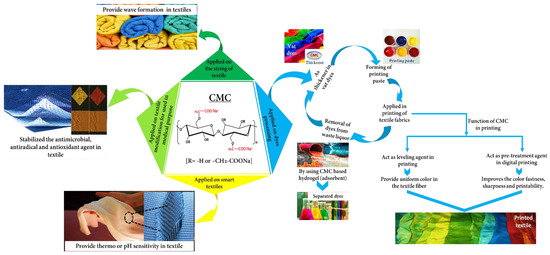
Polymers, Free Full-Text
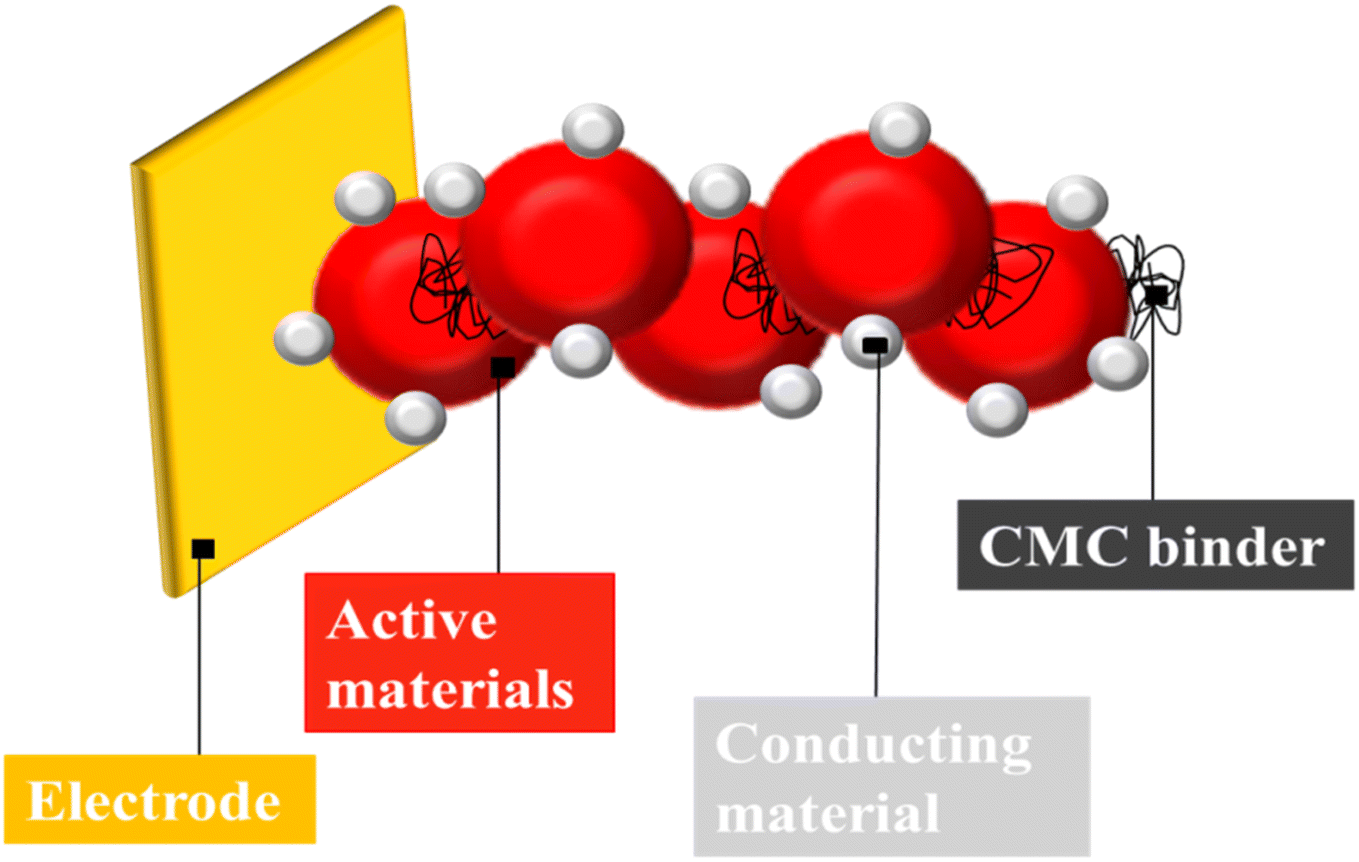
Carboxymethyl cellulose-based materials as an alternative source for sustainable electrochemical devices: a review - RSC Advances (RSC Publishing) DOI:10.1039/D2RA08244F

Fabrication of highly porous MOF/cellulose beads for sustained degradation of dye